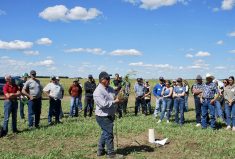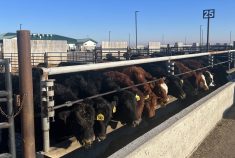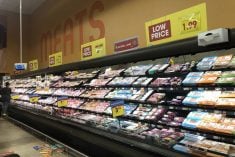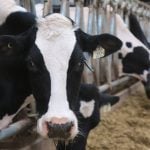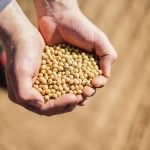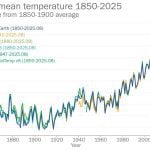The Livestock and Forage Centre of Excellence field day, held near Clavet, Sask., always showcases work being done by researchers at the University of Saskatchewan. But this year’s keynote emphasized the future of animal health research and reflected on how much the beef industry has changed.
“As you can see from the posters around you, there are some amazing people here who are doing fantastic research,” Dr. John Campbell said in his keynote speech.
Campbell is well known for his work at the Western College of Veterinary Medicine at the University of Saskatchewan. He has served as the head of the college’s department of large animal clinical sciences and has been part of the ruminant field service practice for over 25 years.
Read Also
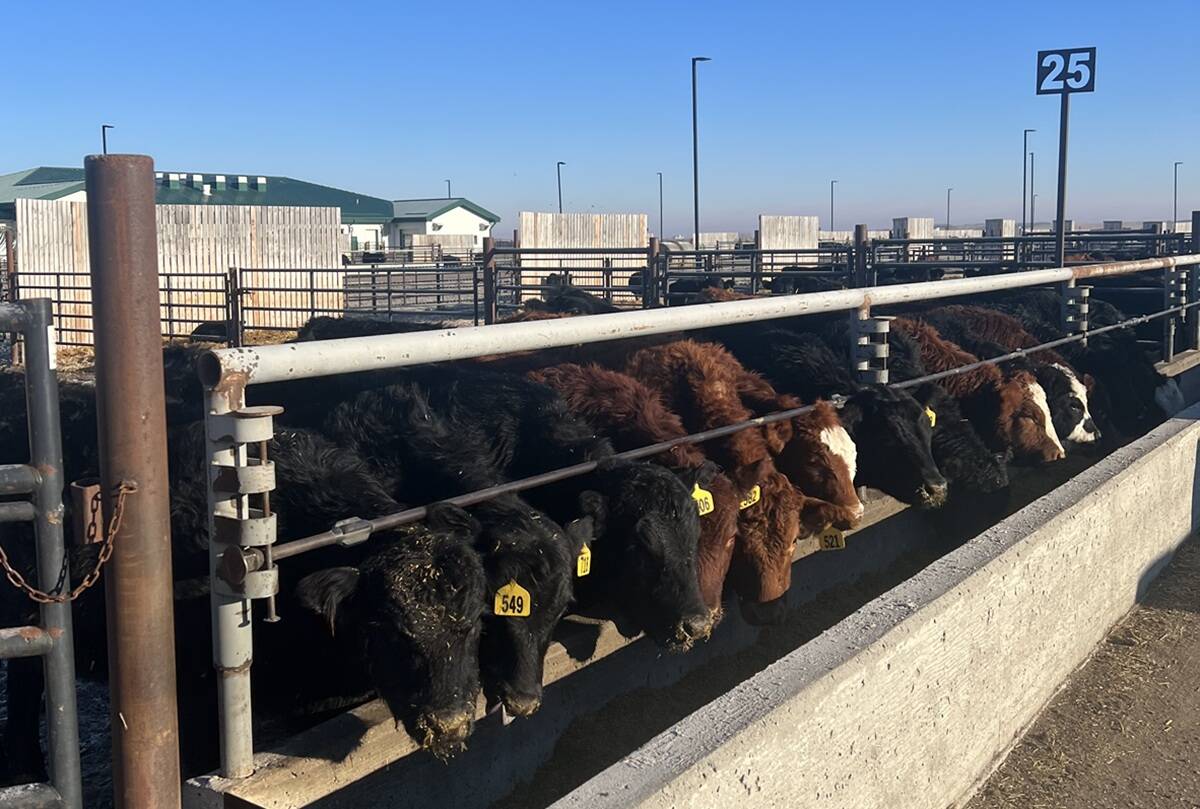
Managing newly received calves in the feedlot
What should cattle feeders focus on after calves arrive at the feedlot?
Campbell is retiring at the end of the year, so he highlighted what he’s learned and the changes he’s seen over 33 years of dealing with disease management. These included greater uptake of vaccinations, challenges and improved diagnostics in infertility investigations, ongoing disease emergence, the importance of nutrition and toxicology and the remaining unknowns.
He also spoke about the unexpected diseases that arose over the years.
“Probably the biggest one is bovine spongiform encephalopathy. I didn’t learn about that in vet school. That was not on the radar,” he said.
Other challenging diseases included mycoplasma bovis, salmonella Dublin and more.
Throughout his career he has also seen lots of positive changes, such as the benefit of disease investigations and new technologies to identify disease.
Though he’s leaving the college, Campbell sees a lot of potential coming up in research, including topics that were showcased at the field day. They included the role of serotonin in feedlot cattle with atypical interstitial pneumonia, developing strategies to reduce the toxicity of ergot alkaloids in the diet of feedlot cattle, and re-integrating livestock in grain cropping systems.
“There’s lots of amazing people here. We have this great facility to do work into,” Campbell said.




